The most powerful countries influence global economic trends, preoccupy policymakers, and have a strong defense and military capabilities. A superpower is a state with a dominant position characterized by its extensive ability to exert influence or project power on a global scale. This is done through the combined means of economic, military, technological, political and cultural strength as well as diplomatic and soft power influence. Here is the list of 10 powerful countries in the world for the year 2020-2021
1.United States

United States has the best long-term economic growth prospects among the major powers. United States spends more on defense than the following seven countries combined (China, Saudi Arabia, India, France, Russia, Germany, and the United Kingdom). Economists have shown that long-run growth depends on a country’s geography, demography, and political institutions. The United States has an edge in all three categories. United States is a natural economic hub and military fortress. It’s packed with resources and has more economic arteries like navigable waterways and ports than the rest of the world combined. America is the only nation that is simultaneously big, young, and highly educated. The world’s most powerful countries also are the ones that consistently dominate news headlines, preoccupy policymakers and shape global economic patterns. Their foreign policies and military budgets are tracked religiously. This is the era of the U.S. as sole superpower, and the country’s domination of the global order should continue for decades, at least. The United States is a flawed democracy. United States has a huge lead by the most important measures of national power. One benefit is security. As the only country that can carry out a major war abroad, the United States has the luxury of dealing with foreign threats “over there,” far from its homeland, and keeping death and destruction at arm’s length.
GDP – $21.4 trillion
Population – 328 million
GDP PER CAPITA, PPP – $65,298
2.China
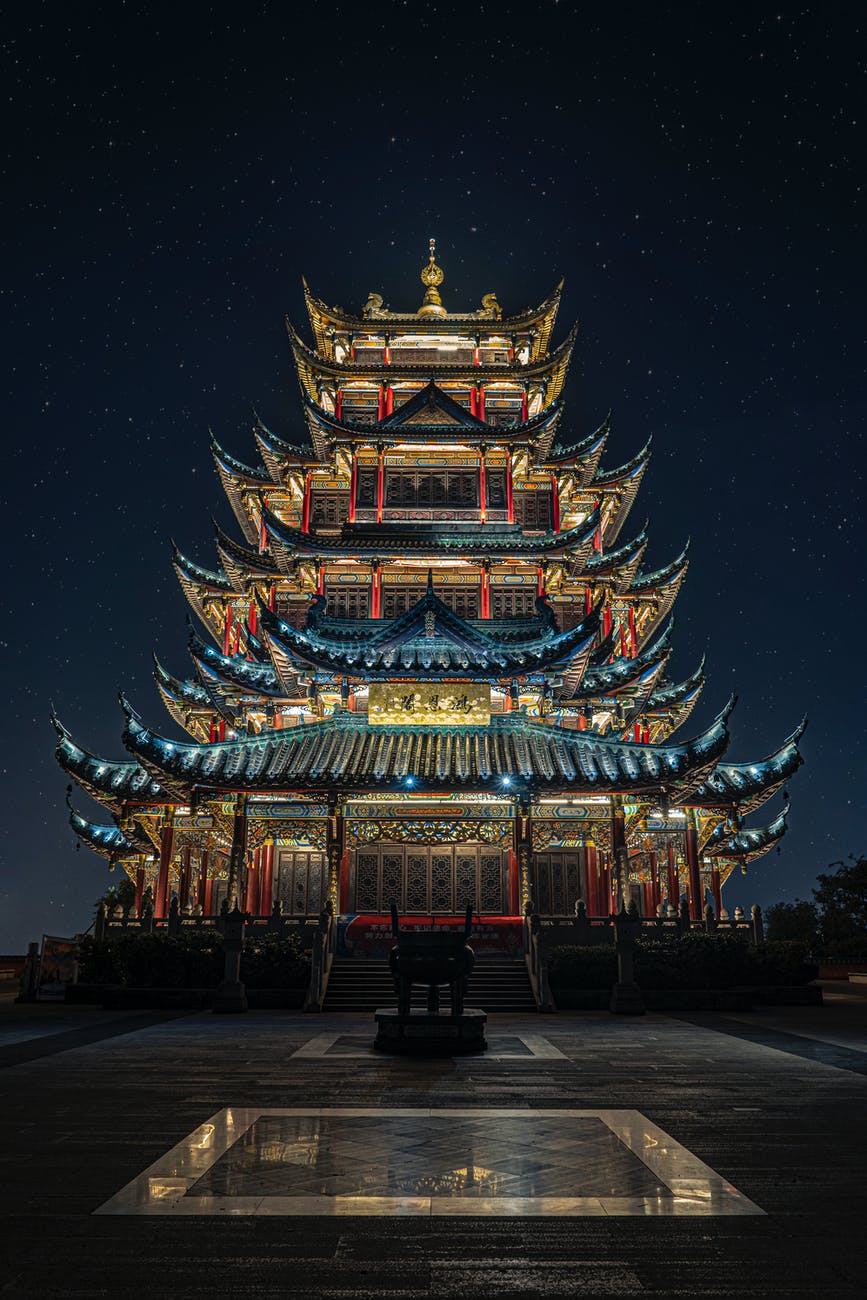
China has the second largest economy on the planet. It has the third strongest military. China will challenge the US hegemony. China is also investing on projects around the world. They will probably have the second strongest armed forces. There is an ongoing discussion that China is emerging as a new superpower and replacing the US from the global power structure. China is still behind but on its way to surpassing the US in military power with increased spending on weapons technology and developing several secretive weapons. Like the Soviet Union in the past, China now faces several geopolitical and cultural challenges before it can reach global superpower status similar to the US. Although China has developed a hybrid system to grow spectacularly on the economic front, it is still a one-party Communist country. Chinese Communist Party systematically sacrifices economic efficiency and inequality to maintain political control. China’s economic success has been attributed to the country’s large and inexpensive labor population, as well as low social expenses. However, with the number of young Chinese decreasing and the number of senior Chinese rising, it is unclear if China’s economy can maintain its rapid growth.
GDP – $14.3 trillion
POPULATION – 1.40 billion
GDP PER CAPITA, PPP – $10,217
3.Russia
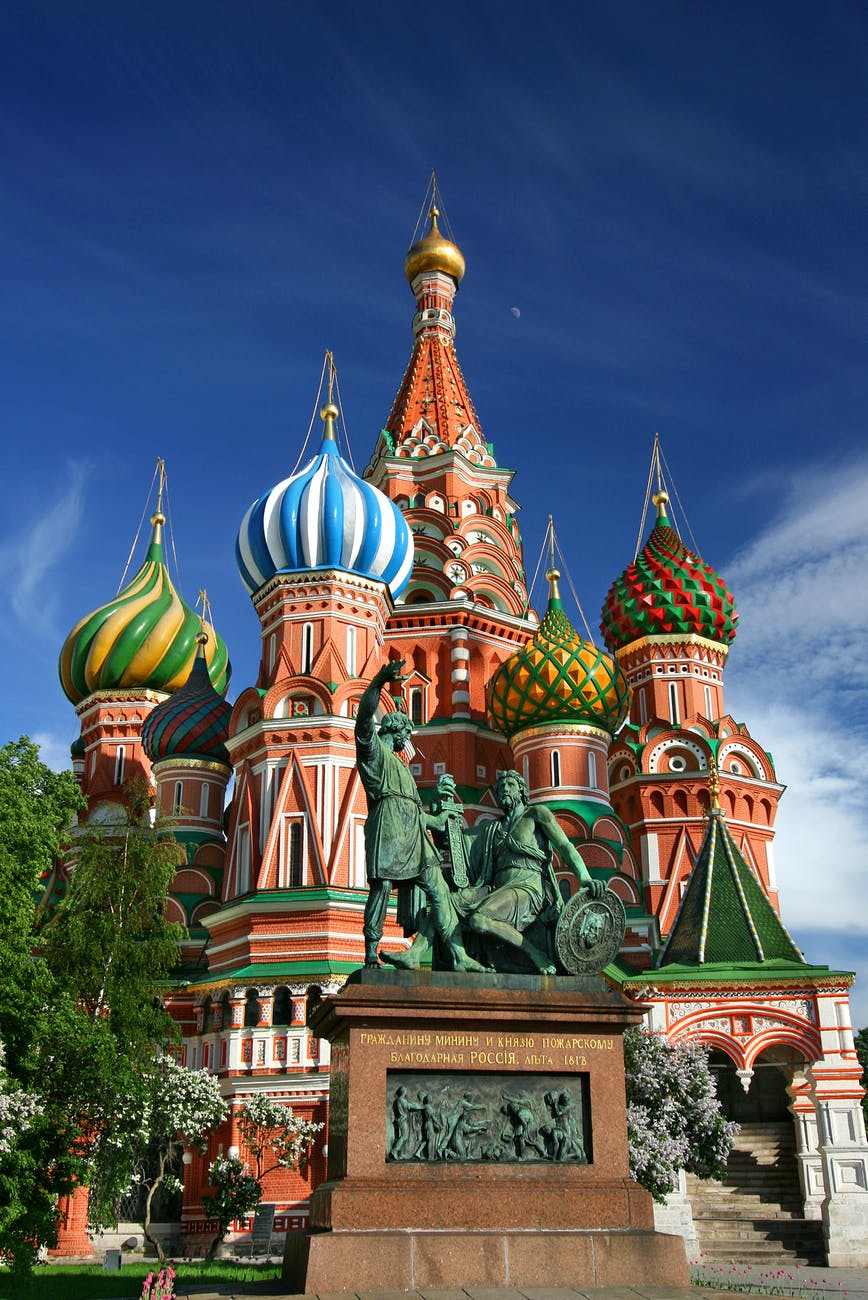
US, Russia, and China remain the planet’s most powerful countries even as other countries have seen their positions fall, according to this year’s global power rankings. It discusses the geographical scope of Russia’s influence, includes a socio-economic analysis, examines Russia’s hard-, soft-, and sharp-power toolkit as well as identifies the domestic determinants of Moscow’s behaviour. Russia’s power is difficult and problematic. Indeed, various branches of the country’s abilities have a diversified potential. In other words, the Kremlin’s means do not have the same impact on every region; and every country is vulnerable to Russia’s influence to varying degrees. Moreover, some of Russia’s capabilities are hardly measurable, due to their specificity. At the same time, it must not be forgotten that the concept of power is always relative. The capabilities of other actors need to be taken into account as well. Comparative studies are essential in this matter. It is worth to note that the various theoretical approaches to international relations provide us with different answers to the question of how powerful Russia is. The post-Soviet space as an area of Russia’s special interest and influence. Russia is also present globally, trying to influence its partners in several regions of the world. She also included the oligarchy and Russia’s unique “patronal politics” as an inseparable component of its economy. Russia has a huge nuclear arsenal, bullies its neighbors and asserts its power farther abroad in conflicts like that in Syria. Russia is not poised to become a rival superpower like the Soviet Union was. Russia’s military budget is ten times smaller than America’s. Russia’s economy is one of the world’s largest, and it is fueled by its vast natural resources. Oil and natural gas production are among the top sectors, with agriculture, forestry, fishing, and manufacturing also contributing to the economy.
GDP – $1.70 trillion
POPULATION – 144 million
GDP PER CAPITA, PPP – $11,585
4.Germany
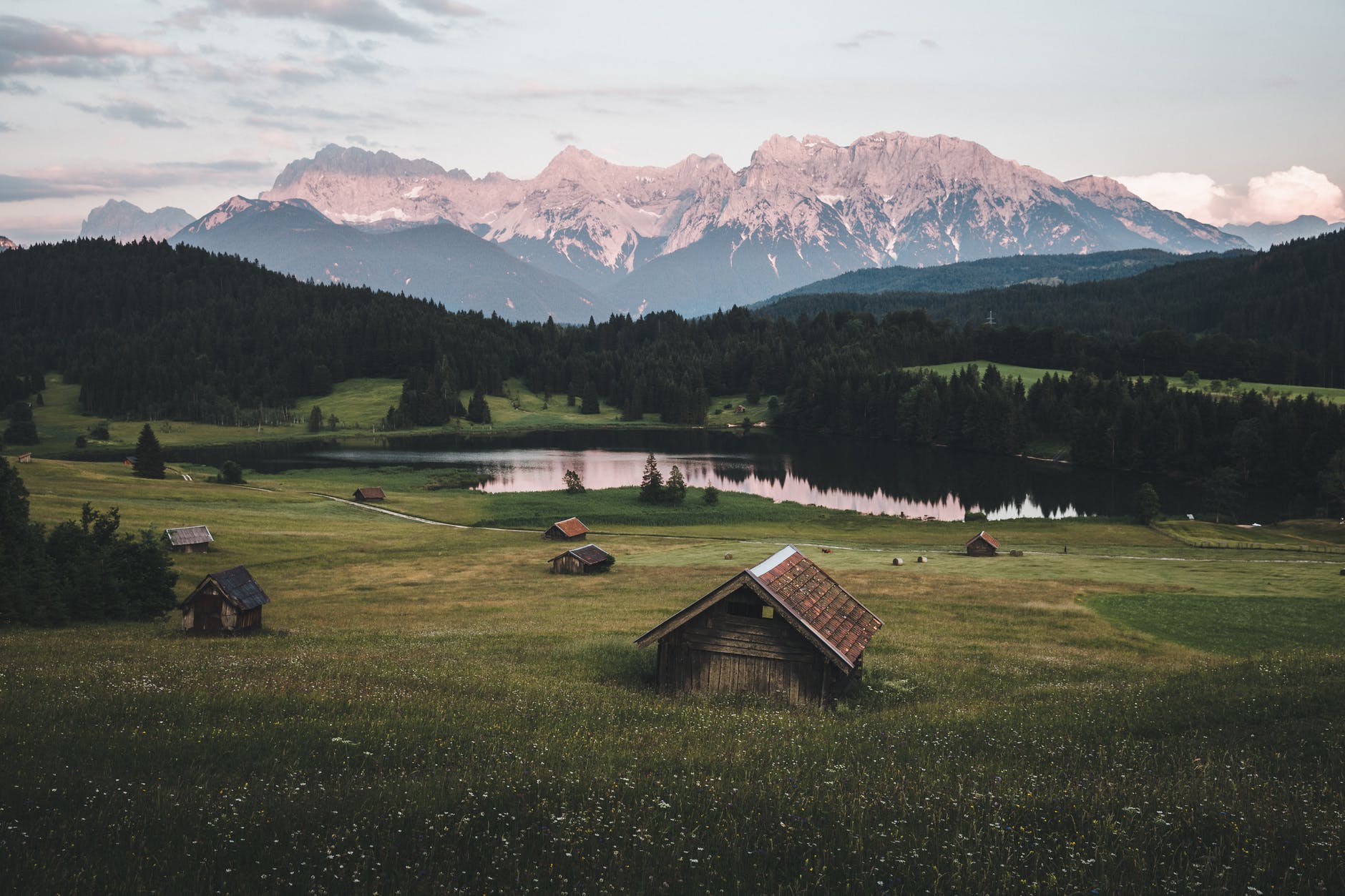
Germany, the most populous nation in the European Union, possesses one of the largest economies in the world. Germany possesses a highly skilled, affluent workforce. It has seen its role in the international community grow steadily since reunification. Germany employs a social market economy – open-market capitalism that also carries certain social service guarantees. Its economy is one of the world’s largest and Germany is one of the globe’s leading importers and exporters. Industry and agriculture are other significant economic sectors. Services like industries such as telecommunications, health care and tourism, contribute the greatest amount to the country’s economy. Germany belongs to major international organizations, including the United Nations, the European Union, Group of 20, NATO and the Organization for Economic Cooperation and Development. Germany is one of the world’s most popular migration destinations, though its open-door policy has become a point of contention in the wake of crimes committed within the country’s borders recently. Germany the most populous country in the European Union. Its economy is one of the greatest in the world, and Germany is a major importer and exporter. The country’s economy is dominated by services, which include businesses like telecommunications, health care, and tourism. Germany is Europe’s largest economy and the world’s fourth-largest. Long renowned for its strong and stable economy and for being particularly well governed.
GDP – $3.86 trillion
POPULATION – 83.1 million
GDP PER CAPITA, PPP – $46,445
5.United Kingdom
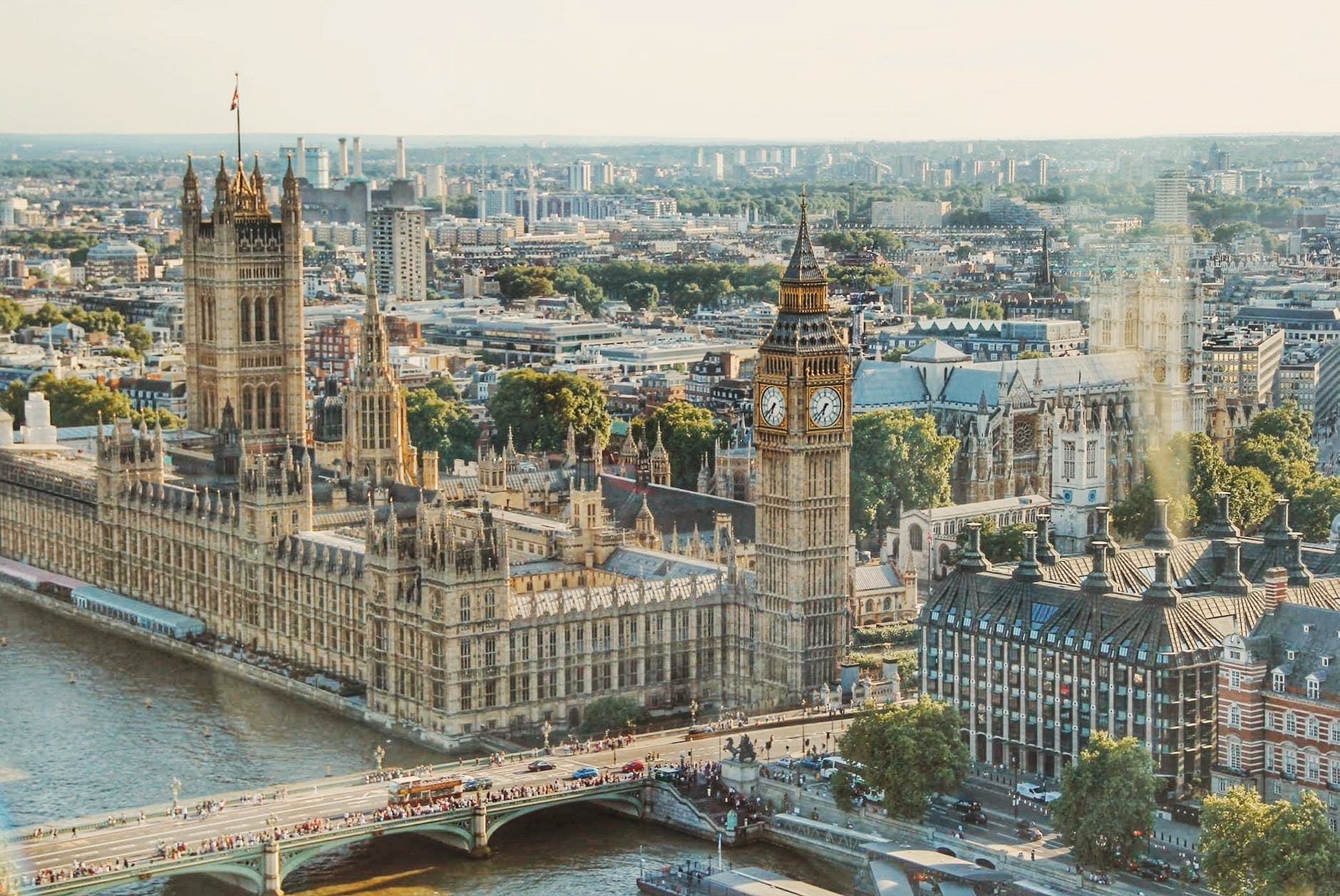
The United Kingdom is a highly developed nation that exerts considerable international economic, political, scientific and cultural influence. The capital city, London, is a major international financial center and one of the most visited cities in the world. The banking and tourism industries are parts of a larger service sector that powers much of the nation’s economic growth. United Kingdom located off the northwest corner of Europe, the country includes the island of Great Britain – which contains England, Scotland and Wales – and the northern portion of the island of Ireland. The industrial revolution began in the U.K., and manufacturing – led by the automobile and aerospace industries – is a declining though still significant part of the nation’s economy. The United Kingdom has attracted immigrants for centuries. Beginning in the second half of the 20th century, the sources of immigration began to diversify, coming from South Asia, Africa and the Caribbean as well as from Central and Eastern Europe. Immigration has become a major focus of public debate in the 21st century. It has a long history of major contributions to the arts and sciences. The United Kingdom is the fifth richest country in the world in terms of GDP.
GDP – $2.83 trillion
POPULATION – 66.8 million
GDP PER CAPITA, PPP – $42,330
6.Japan

Japan, one of the world’s most literate and technically advanced nations, is an East Asian archipelago country made up of four primary islands and more than 6,800 others. The country is among the world’s largest producers of motor vehicles, electronic equipment and steel. The service sector makes up the highest percentage of the economy in terms of gross domestic product and employment. It is famous for its traditional arts, including tea ceremonies, calligraphy and flower arranging. The country has a legacy of distinctive gardens, sculpture and poetry. Japan is home to more than a dozen UNESCO World Heritage sites and is the birthplace of sushi, one of its most famous culinary exports. The country has developed many forms of martial arts. Domestically, Japan grapples with the economic consequences of having the world’s oldest population and declining birth rates. Most of Japan is covered by mountains and heavily wooded areas, the country’s people lead a distinctly urban lifestyle. Culturally influenced by its neighbors, today the country blends its ancient traditions with aspects of Western life. Japan is a member of several international organizations, including the United Nations, the Asian Development Bank and the World Bank.
GDP – $5.08 trillion
POPULATION – 126 million
GDP PER CAPITA, PPP – $40,247
7.France
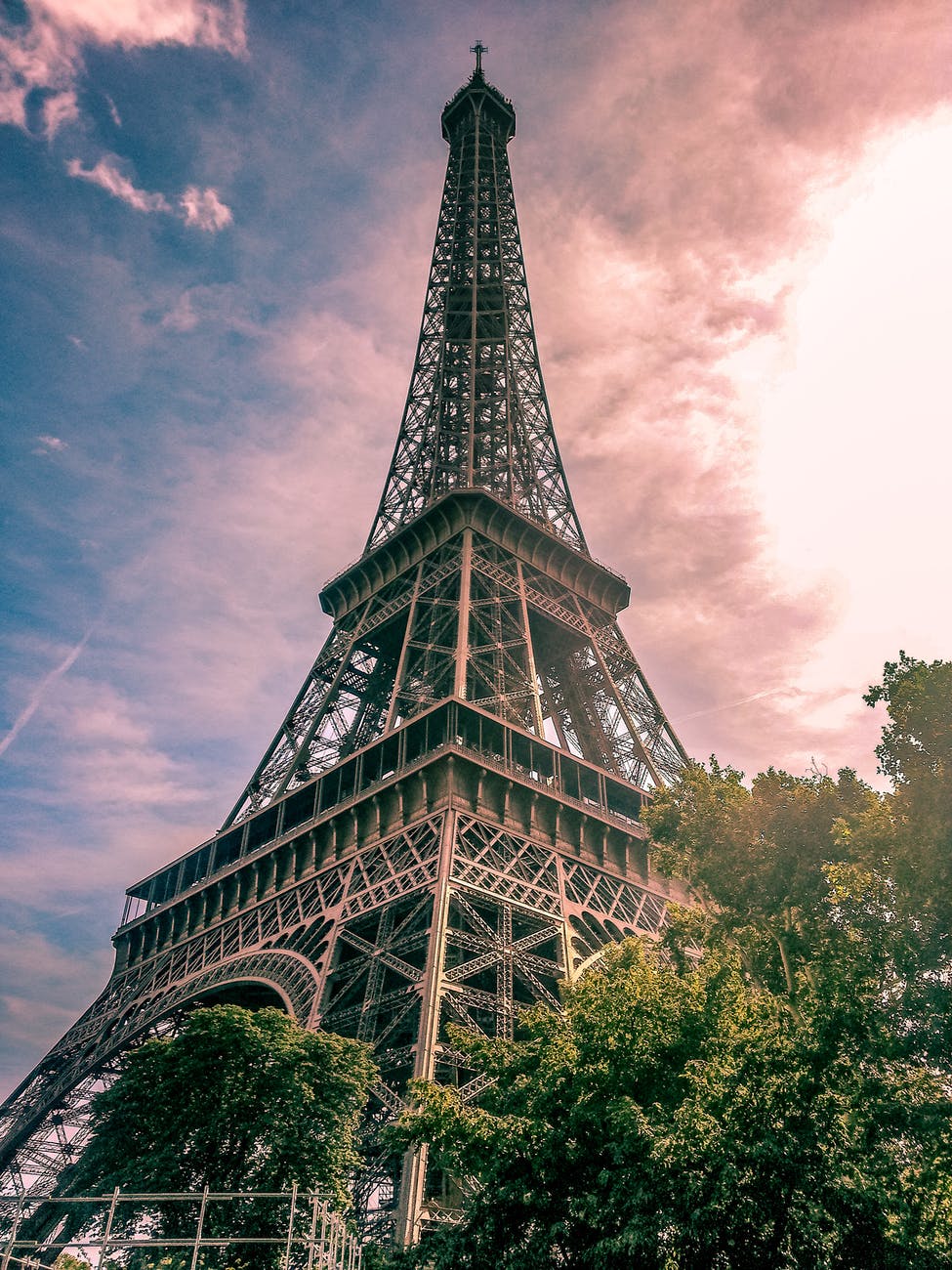
France located in Western Europe, France is one of the world’s oldest countries, and its reach extends around the globe through science, politics, economics. The World Bank classifies France as a wealthy and high income nation. It guarantees services like education, health care. It was one of the first nations to champion the rights of the individual. France has a rich cultural heritage. French literature began in the Middle Ages, and the country has a long history in fine arts, music and dance. Cinema occupies an important place in the country’s cultural life. French cuisine is popular around the world, as is the wine produced in the country. France is a founding member of the United Nations and has a permanent seat on its Security Council. Other major groups it belongs to include the European Union, World Trade Organization, the Organization for Economic Cooperation and Development and NATO. In Asia, Africa, and the Americas, France established its first colonial empire. Because France is the most visited country in the world, tourism is the country’s primary source of revenue and Technology is a powerful tool. Manufacturing is one of France’s most important businesses, contributing billions of euros to the country’s GDP. Its military forces are the largest in the European Union. France today is a democracy with a separation of power falling between executive, legislative and judicial branches of government. The French people have traditionally been a mix of Celtic, Germanic and Latin ethnicities. Waves of immigration in the 20th and 21st centuries, however, are altering the country’s population.
GDP – $2.72 trillion
POPULATION – 67.1 million
GDP PER CAPITA, PPP – $40,494
8.South Korea
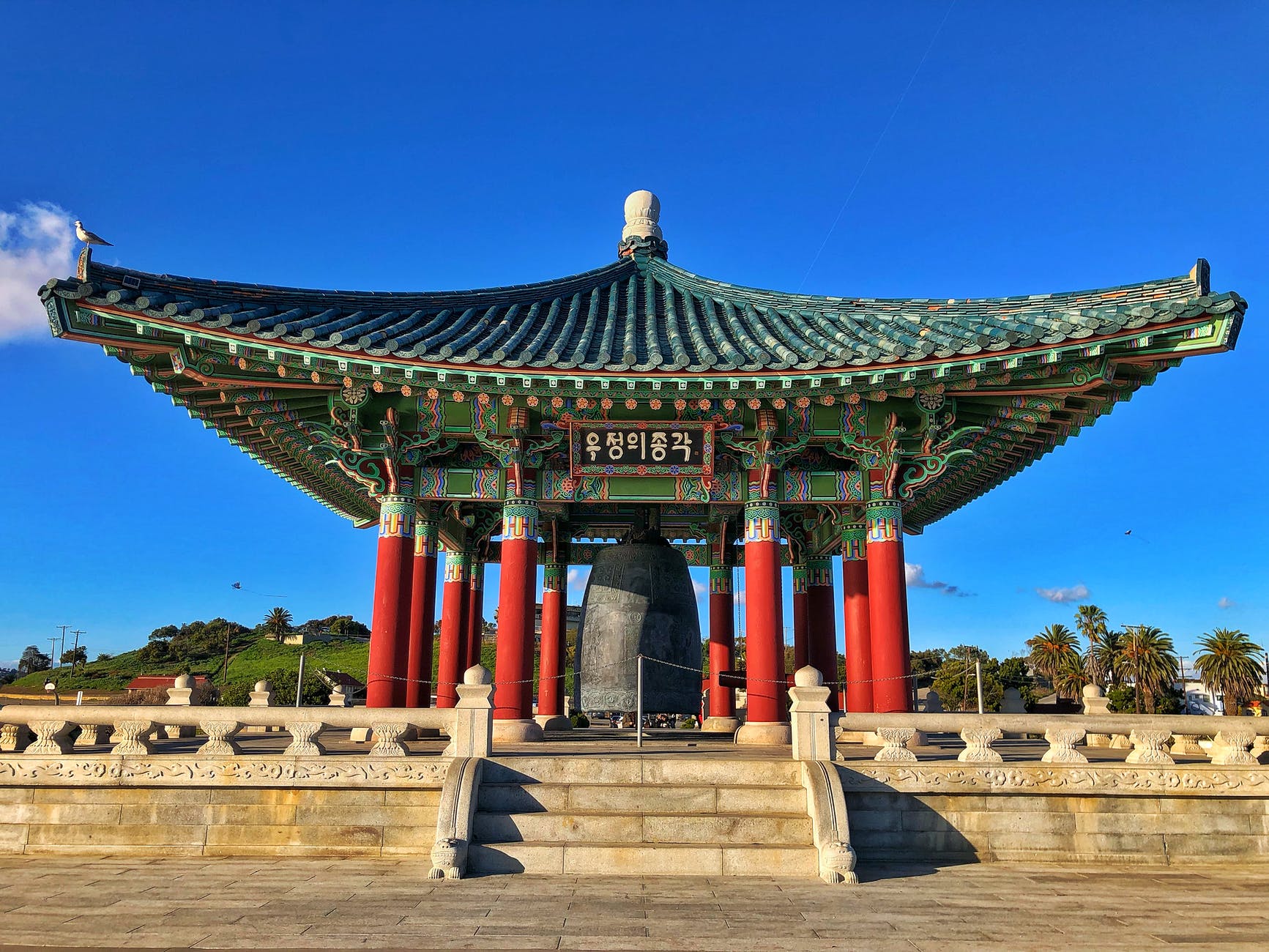
The South Korean government, a democracy, largely respects most political, civil, and socio-economic rights but significant human rights concerns remain. South Korean developing missile as powerful as nuclear weapon. South Korea is in the final stages of developing a surface-to-surface ballistic missile as powerful as a tactical nuclear warhead. The new weapon can carry a warhead of up to three tonnes with a flight range of 350 to 400 km. The missile is designed to destroy underground missile facilities and bases by penetrating underground tunnels to effectively nullify nuclear and intercontinental ballistic missiles (ICBMs) ahead of their launches. As of 2020 and 2021, South Korea has the tenth highest budget in the world, and the ROK Armed Forces are recognized as the world’s sixth most powerful military. South Korea has the best army in Asia. South Korea boasts biggest economy, with its rate of growth overshadowing that of the Western world. But although South Korea, particularly its pop culture, is already noticeable internationally, its soft power is yet to become a global force. The country shows willingness to proactively shape global processes and the international order.
GDP – $1.65 trillion
POPULATION – 51.7 million
GDP PER CAPITA, PPP – $31,846
9.Saudi Arabia

The territory that now constitutes Saudi Arabia was the site of several ancient cultures and civilizations. The prehistory of Saudi Arabia shows some of the earliest traces of human activity in the world.[14] The world’s second-largest religion,[15] Islam, emerged in modern-day Saudi Arabia. Saudi Arabia has been ranked most powerful country in the world and first in the Islamic and Arab world for 2021. This ranking is based on several factors, including: political stability, economic impact, defense budget, state weapons, scientific alliances, military power and global influence. The United States has been re-elected as the world’s most powerful country for the year 2021. The Armed Forces of the United States are among the best-funded in the world. Saudi Arabia has the biggest defense expenditure in the world. Saudi Arabia 2020 population is estimated at 34,813,871 people at mid year according to UN data. The population density in Saudi Arabia is 16 per Km2 (42 people per mi2). Saudi Arabia,[c] officially the Kingdom of Saudi Arabia (KSA),[d] is a country in Western Asia. Saudi Arabia’s commitment to its Vision 2030 it a clear step in the nation’s journey towards diversifying its economy and showcasing its openness on the global stage, all while building on the nation’s top strengths and capabilities. KSA’s homegrown brands are helping to spearhead this transformation across their relevant industries – from stc establishing a digital hub for the whole region, to accommodate future growth in the IT sector, SABIC developing programs to help the creation and development of small and local businesses, to Saudi Aramco sponsoring Future Investment Initiatives. Saudi Arabia is readily showcasing its position globally.
GDP – $793 billion
POPULATION – 34.3 million
GDP PER CAPITA, PPP – $23,140
10.United Arab Emirates
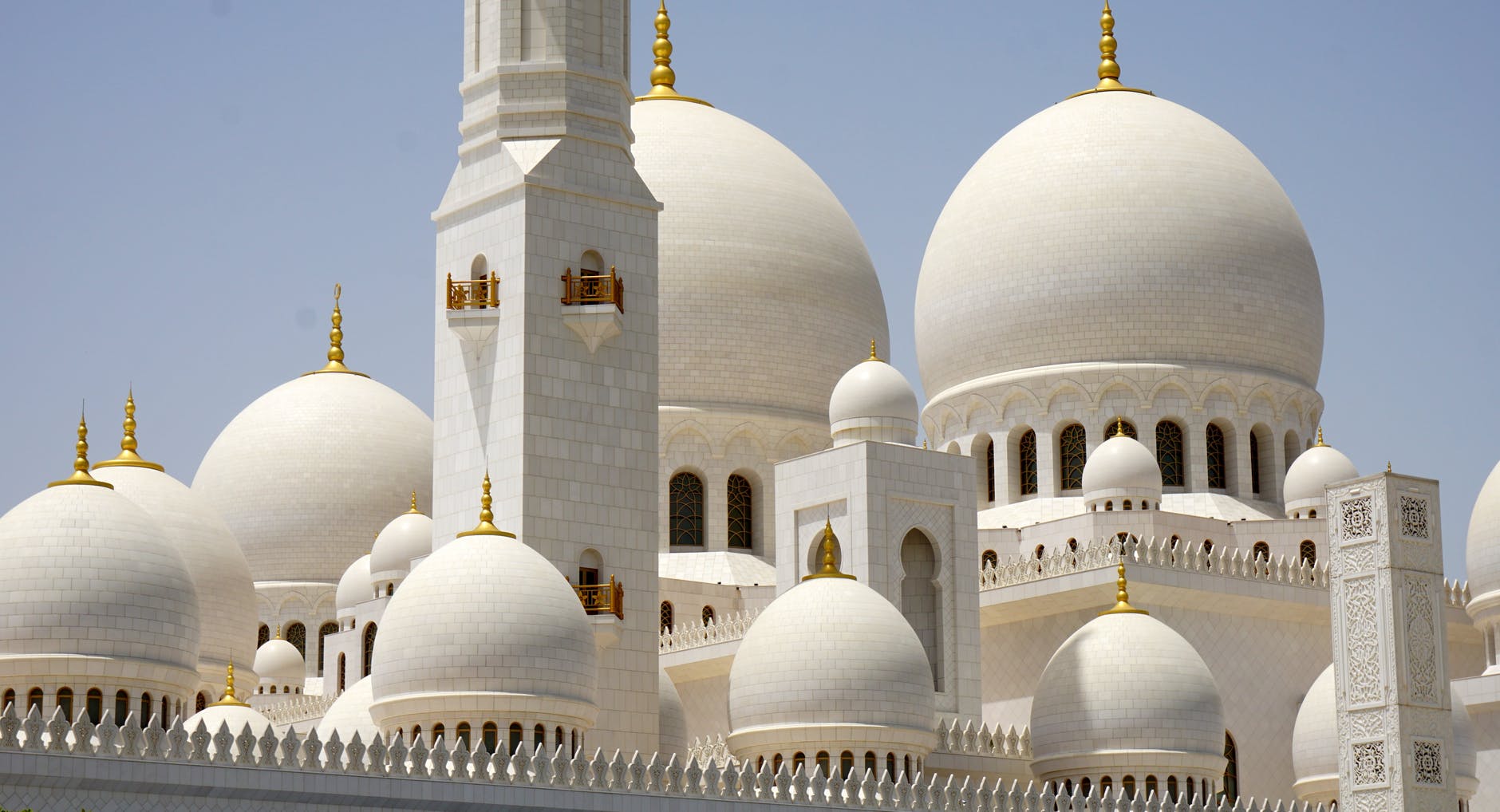
Emirates is a nation in Western Asia located on the Arabian Peninsula’s eastern end. The United Arab Emirates is a small country and it is rapidly expanding. The UAE is an elective monarchy formed from a federation of seven emirates, consisting of Abu Dhabi, Ajman, Dubai, Fujairah, Ras Al Khaimah, Sharjah and Umm Al Quwain. The UAE’s oil and natural gas reserves are the sixth- and seventh-largest in the world. Ruler of Abu Dhabi is investing oil revenues into healthcare, education, and infrastructure. The UAE’s economy is the most diversified of all the members of the Gulf Cooperation Council, while its most populous city, Dubai, is a global city and international hub.[20][21] The country has become less reliant on oil and gas, and is economically focusing on tourism and business. The UAE is recognised as a regional and a middle power. The UAE is a member of the United Nations. The country’s 65,000-strong standing army isn’t very large, but it is backed up by a sizable military budget. The UAE army is regarded as one of the region’s most highly sophisticated militaries. Land Forces include Values derived from multiple sources. ‘Tanks’ value includes Main Battle Tanks (MBTs), light tanks, and tank destroyers. ‘Armored Vehicles’ value includes APCs, IFVs, MRAPs, and Armored Cars. Naval Forces include Total Assets’ value, ‘Aircraft Carriers’, ‘Submarines’.
GDP – $421 billion
POPULATION – 9.77 million
GDP PER CAPITA, PPP – $43,103
